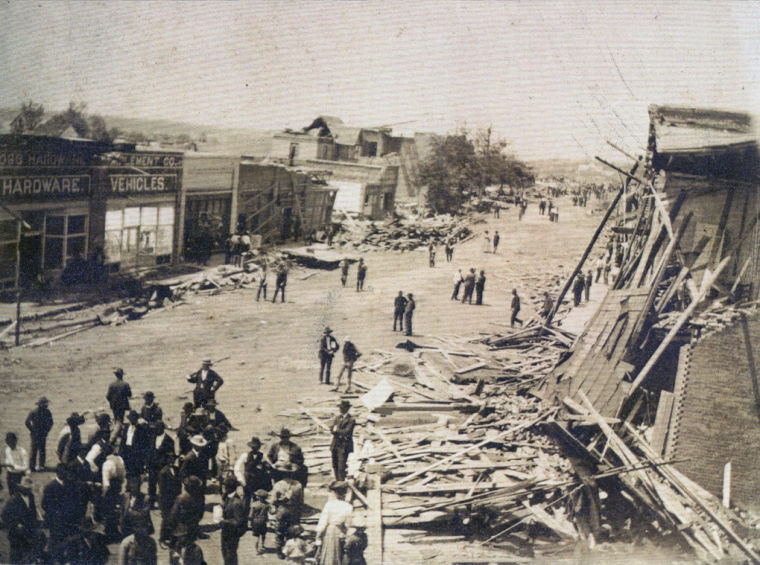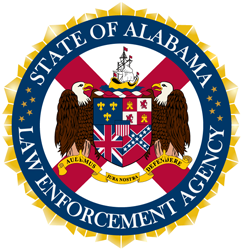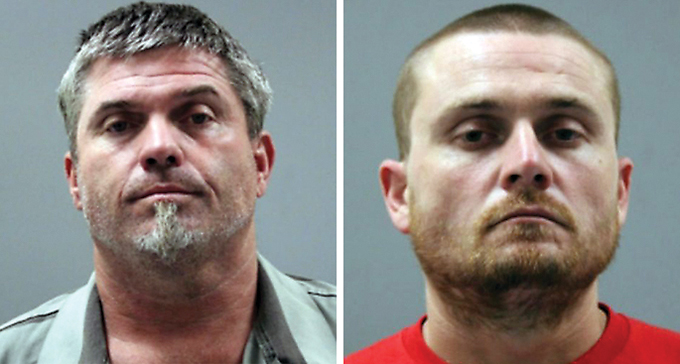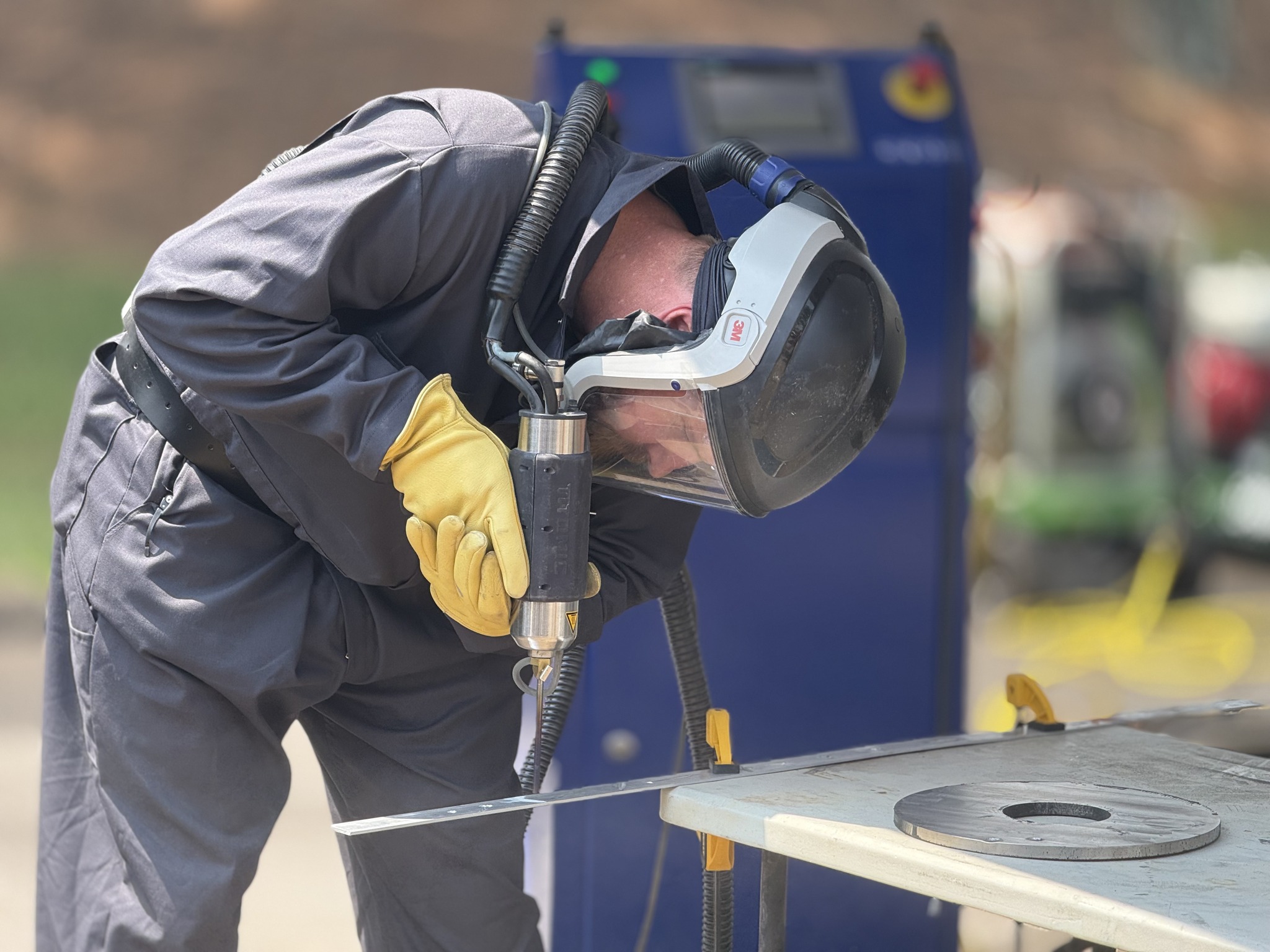Limestone County stories featured in book on state’s deadliest tornadoes
Published 9:34 am Wednesday, May 12, 2010

- Albertville, which suffered severe damage from a recent tornado, also was devastated in 1908 when a tornado nearly demolished the city.
You can see the faces, hear the accounts and feel the heartache of Alabama tornado victims in a new book out this month about the state’s deadliest tornadoes.
Trending
Titled “A History of Alabama’s Deadliest Tornadoes: Disaster in Dixie,” the book was written by Kelly Kazek, columnist and managing editor of The News Courier, and published by The History Press.
The book — which includes more than 40 stunning photos — focuses on the personal accounts and the aftermath of tornadoes that struck the state in 1908, 1924, 1932, 1956, 1974, 1977, 1989, 1994 and 1998.
Included are stories about the1908 Dixie tornado, regarded as one of the most brutal tornadoes in U.S. history; the 1932 Deep South Tornado Outbreak that killed 268 people; the 1977 Smithfield Tornadoes that devastated a Birmingham suburb; the 1989 fall tornado that stunned Huntsville; and the 1998 Birmingham tornado, the most expensive twister in Alabama history to that date.
Included in the book are accounts by Limestone County residents Sandra Birdwell, Faye McElyea, Ananias Green, Marilyn McBay, Sandra Birdwell, Walter McGlocklin, Spencer Black, Tom Griffis, Mike Kelley and more.
Although Alabama is not considered part of the traditional Tornado Alley, it ranks 13th in the number of tornadoes spawned each year, and ranks third in number of tornado deaths. The book explains why.
The 128-page, softcover book will be available for $19.99 at major booksellers June 1, but you can buy a signed copy of it in May by preordering. Bring checks to The News Courier by May 17 or call Kazek at (256) 348-1348.
Trending
The author will speak about the book and answer questions as part of the Livingston Concert-Lecture Series in June at Athens State University. The date and time will be announced.
She answered a few questions about the project in an interview with The News Courier.
Q: What inspired you to write about the state’s deadliest tornados?
A: Like most of us in this part of the country, I grew up with a healthy respect for tornadoes and the damage they can do. Thankfully, I have never witnessed a tornado, but I vividly recall being home alone during a storm once and hiding in the pantry, waiting for my mom to come home. I was terrified when the lights went out and I could hear the wind rattling the house. I remember sitting with my head tucked between my knees in school hallways during tornado drills and being awakened to take cover in a hallway or bathroom when a tornado approached. I went to high school in South Huntsville and was devastated when the 1989 tornado struck there. I had since moved to Madison, but I toured the area the following morning, using my brand new press pass to get past the National Guard, and was overwhelmed by the destruction I witnessed. The images remain etched in my mind. Since then, I’ve written about many tragedies for newspapers, including the aftermaths of storms. I like to focus on the human stories, the stories of survival. I see myself as a recorder of history and this book gave me the opportunity to delve into the history of events that changed this state.
Q. Of those who survived the tornadoes over the years, did they heed warning signs or were they simply lucky, or both?
A: I chose to write about the storms I did for a variety of reasons — unfortunately, there are dozens of other deadly tornadoes to hit Alabama — but I wrote of ones that impacted many lives. Those who survived had amazing stories to tell — one man orphaned by a tornado became a foster child and did not find the graves of his parents and siblings until he was an adult, one couple lost their young daughter but not their faith, another woman was paralyzed as a newlywed and fought to maintain her marriage.
Those who died were not taking unnecessary chances. They were not being irresponsible. One woman was driving to pick up her child at after-school care. One child had, moments before her death, been waving a palm frond in a Palm Sunday church service.
They were caught by unpredictable, unstoppable killing machines. As one meteorologist told me, when an F5 tornado hits, the only safe place to be is underground. All the modern technology in the world can’t change that, but warning systems have evolved to the point where people can take shelter and lives can be saved. To emphasize the need to have respect for these deadly storms is another reason I wrote the book.
Q: The stories about the 1908 Dixie tornado were very moving. How were you able to resurrect the emotion of this event when the survivors are no longer living?
A: To find information on tornadoes that occurred so long ago when there were no survivors to interview, I read newspaper accounts and searched for people to help me know what the period was like, what the town was like at that time, and what the people were like. Dennis Burgess, president of the Albertville Historical Society, shared letters and newspaper clippings about the 1908 tornado, and I did further research on the Internet. I was able to find more details than expected about an event that occurred more than 100 years ago. I did the same for the chapter on two tornadoes that struck two towns within two days in 1924, killing two families of eight, including the Collins family of Elkmont.
Q. Of all of the stories you researched, which one moved you most and why?
A. All affected me because all were tragic. Writing about the children killed in the 1994 Palm Sunday tornado that struck Piedmont was particularly difficult. But, as I said, I wanted to focus on the spirit of survival. I didn’t want this to be a morbid book. Whether these people were changed for the better or not, they all are survivors. They all give hope.
Another book by Kazek, “Images of America: Athens and Limestone County,” a pictorial history of the area, is due in fall from Arcadia Publishing. Kazek also is the author of a collection of humor columns, “Fairly Odd Mother: Musings of a Slightly Off Southern Mom.”





